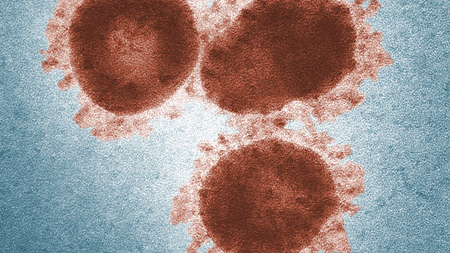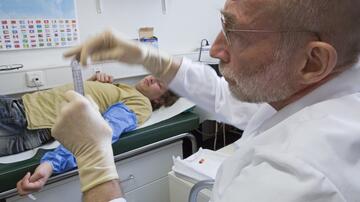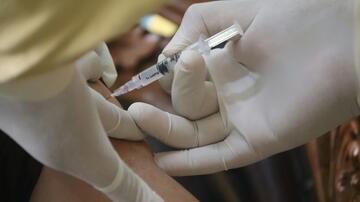How a tumor suppressor indirectly inhibits coronaviruses
DZIF researchers have discovered that a protein which is well known for its role as a tumor suppressor is also required for inhibition of the replication of the coronavirus that causes SARS. The molecules involved in this antiviral defence mechanism offer attractive and interesting targets for the development of novel antiviral therapeutic strategies. The new findings appear in the renowned journal PNAS.
Not so long ago, human coronaviruses were associated with infections characterized by essentially harmless cold-like symptoms. More recently, however, two new members of the family have emerged that cause the highly infectious and potentially lethal respiratory illnesses MERS (Middle East Respiratory Syndrome) and SARS (Severe Acute Respiratory Syndrome), respectively. A team led by PD Dr. Albrecht von Brunn of the Max von Pettenkofer Institute at LMU (Department of Virology) in collaboration with researchers at the universities of Lübeck and Bonn, has now discovered that a protein which is otherwise known to act as a tumor suppressor inhibits the replication of the SARS coronavirus, and in addition demonstrated how the virus neutralizes its effect.
The SARS and MERS viruses, whose natural hosts are the Chinese horseshoe bat and the dromedary, respectively, have shown that coronaviruses can cross species barriers and are capable of causing epidemics in humans. In the quest for drugs with broad antiviral activity, attention has recently focused on so-called checkpoint proteins in the host cell as possible targets. Specific checkpoint proteins control a number of cellular processes, including progression through the cell cycle, and viruses are known to manipulate the cell cycle to promote their own replication. Moreover, these proteins are attractive targets for antiviral agents because their short-term inhibition can be readily tolerated by the host cell. Von Brunn and his colleagues therefore carried out a screen for checkpoint proteins that interact with viral proteins and are required for the replication of the SARS-CoV. “We actually hadn’t considered the tumor suppressor protein p53 in this context at first, because we didn’t find a direct interaction with coronaviruses,” says von Brunn.
The screening procedure, however, revealed an indirect link between a protein component of SARS-CoV and p53: The researchers noticed that certain viral factors stabilized the host enzyme RCHY1. This enzyme is among those responsible for marking proteins for degradation by a host-cell complex called the proteasome – and p53 is known to be among RCHY1’s targets. By infecting cells in which the gene for p53 had been knocked out, the team went on to probe the functional significance of the link between SARS und p53 further. “We found that in cells that lacked p53, the rate of virus replication is several orders of magnitude higher than that observed in cells in which the p53 is present. We believe this is because p53 normally activates genes that are involved in the cell’s non-specific antiviral defence system,” von Brunn says. By stabilizing RCHY1, the viral proteins with which it interacts promote the destruction of p53, thus drastically weakening the cell’s first line of defence against viral infections. This research was supported by the Federal Ministry for Education and Research (BMBF) and the German Center for Infection Research (DZIF).




